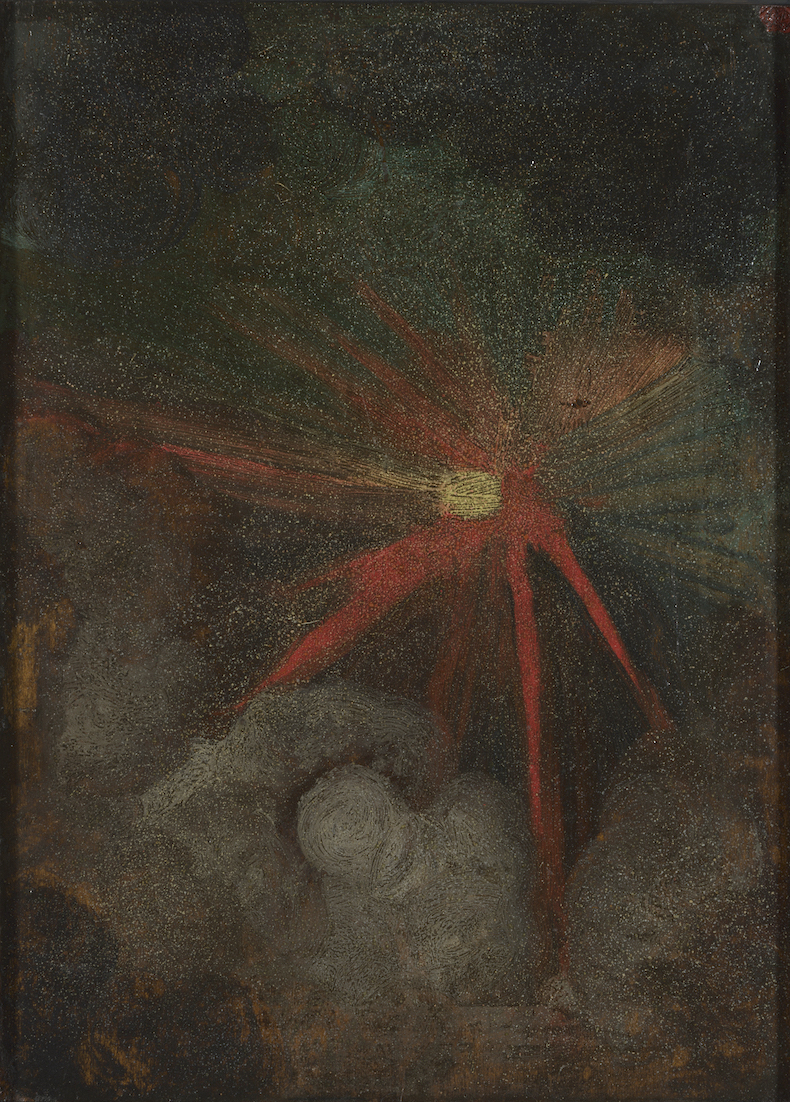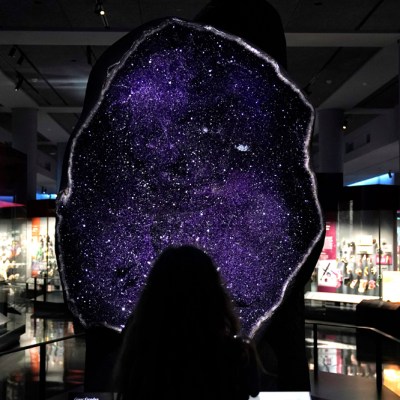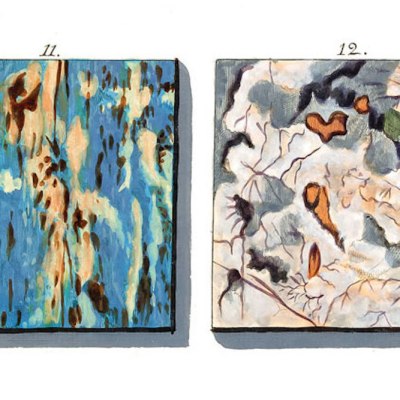From the February 2025 issue of Apollo. Preview and subscribe here.
In the late 15th century Albrecht Dürer produced a strikingly strange and unsettling image: an apocalyptic ball of fire hurtling through a dark sky, billowing clouds pierced by murky red rays. Painted on the reverse of his more famous Saint Jerome, it’s sometimes interpreted as a reference to the end of the world as described in the Book of Revelation. But rather than biblical prophecy, this may in fact be a recording of an event that the artist witnessed first-hand.
Saint Jerome (reverse), c. 1496, Albrecht Dürer. National Gallery, London

In 1492 Dürer was living in Basel. Had he been looking north on 7 November, he could have seen a blazing light streaking through the sky – the arrival on planet Earth of a 127kg lump of ancient blackened rock from outer space. Terrified eyewitnesses spoke of a great thunderclap heard as far as 150km away (the distance between London and Birmingham). Landing just outside the medieval city of Ensisheim in what is now Alsace, the stone sank down into the soil of a wheat field. From that moment on it became, for humans, an object of fascination, of strange compulsions, even veneration: the Ensisheim meteorite.
In 2023 Christie’s sold a thin slice of the meteorite – a mottled bluish-grey rock with rust-coloured patches and milky white veins. At auction the price of a meteorite is governed by what James Hyslop at Christie’s refers to as the four ‘s’s: shape, size, scientific interest and story. Ensisheim – known as a ‘historic’ meteorite – is particularly prized by collectors because it is the earliest witnessed fall in the Western world from which material has been preserved. At auction the slice, which weighs just under 10 grams, roughly the same as an AAA battery, beat its estimate to sell for almost $9,000.
To buy a slice of the Ensisheim meteorite is to become part of a long chain of collectors stretching back hundreds of years. The first were the citizens of Ensisheim who, rushing to the fall site, hacked off pieces of stone as souvenirs. Next, Maximilian, son of the Holy Roman Emperor Frederick III, declared the fall a sign of God’s favour, foretelling his victory over the French. He took a portion for himself, then ordered that the stone be chained up in the parish church to prevent it flying off again. Over the succeeding centuries the meteorite featured in poems, histories, woodcuts and paintings. Then, in the early 19th century, scientists began collecting meteorites and many further pieces were broken off for study. Today collectors still visit Ensisheim every year to attend the world’s only dedicated meteorite show.
Housed in the town hall in Ensishiem, the meteorite now weighs a mere 56kg. Like the bones of a medieval saint, portions of the meteorite’s body have been sent all over the world. More than 150 sections reside in the collections of museums, universities and deep-pocketed individuals from Helsinki to Buenos Aires, Indianapolis to Tokyo. The Christie’s specimen was bought by Steve Jurvetson, a billionaire technology venture capitalist and SpaceX board member. In recent years the meteorite auction market has boomed, driven in part by a surge in new, younger collectors. Space rocks seem to be especially popular with wealthy Silicon Valley workers and cryptocurrency investors.
Meteorites, then, have become extraterrestrial status symbols, but perhaps they are also a way for us to get in touch with something larger than ourselves. Pick up a piece of the Ensisheim meteorite and it’s likely to be the oldest thing you’ll ever touch. Composed of material left over from the formation of our solar system, Ensisheim is a messenger from deep time, from a time before the existence of the planets themselves. From the meteorite’s perspective, the more-than-500 years it has spent on Earth are nothing, a brief flicker, and the span of a human life something smaller still. This is a status symbol that might, in the style of a vanitas painting, remind us of our own mortality and of the ultimate futility of collecting such status symbols.
Dürer’s painting pulses with foreboding – throughout history shooting stars and falling rocks have often been read as portents of danger and disaster – but for me an encounter with the Ensisheim meteorite, coming to us from the vastness of space, the unfathomability of deep time, is something more cathartic, more invigorating, than frightening.
The world is so very large; we are at once so very small but also a part of that largeness. Such contemplations can remove us temporarily from everyday tediums and anxieties – the dishes in the sink, the work deadline, the argument over breakfast, the emails filling up our inbox. The Ensisheim meteorite reminds us that we are residents not just of, say, the United Kingdom, but of a planet, a galaxy, a universe. It delivers to us a sense of ourselves as beings situated among stars.
From the February 2025 issue of Apollo. Preview and subscribe here.


